
Tarot cards have been debated for centuries, with Christians calling them everything from witchcraft to family games. As Sarah Pulliam Bailey noted in an article for the Washington Post, they’ve even become popular as a Christian additive to other spiritual activities.
But just what are tarot cards? Where do they come from? Are they always used for occult activity? If not, should we still worry about people using them?
While much about tarot cards is mysterious, we can answer many of these questions.
Photo Credit:©GettyImages/Cristian Blázquez Martínez
When Were Tarot Cards Invented?
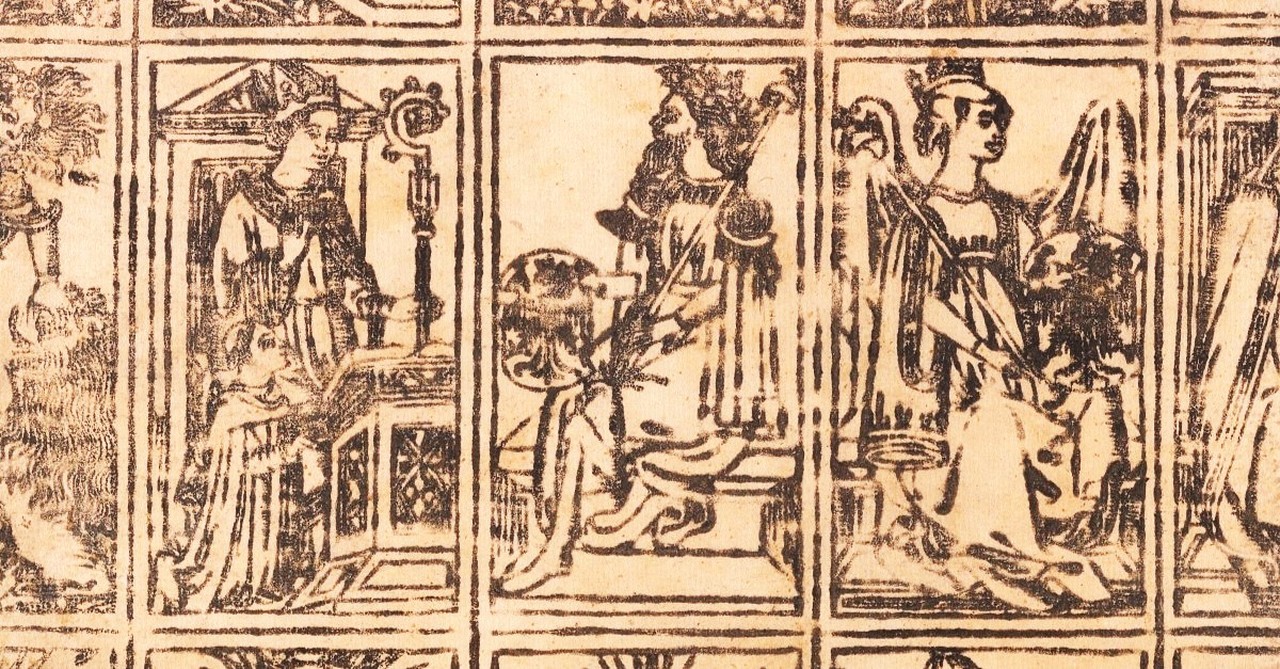
When Were Tarot Cards Invented?
SLIDE 1 OF 10
Tarot cards began as just another kind of playing card. Encyclopedia Britannia contributor Dave Bartlett reports that tarot cards were invented in Italy during the fifteenth century. Known as trionfi cards, they were designed as a fifth suit alongside the four suits we know today (aces, diamonds, spades, and clubs). They were printed on cary sheets, sheets of designs that were pressed onto the cards. Early trionfi designs featured allegorical pictures referencing religious or cultural ideas, which became an important feature of all tarot card artwork.
The design for tarot cards and how many cards were in the deck evolved over centuries. A key shift came in the eighteenth century, when people began using them for fortune-telling. Various eighteenth-century people appeared to have theorized the tarot cards had sacred origins, but the key contributor was Antoine Court de Gébelin, an ordained Protestant pastor. In 1781, de Gébelin published the eighth volume of his book Le Monde primitif, analysé et comparé avec le monde moderne (“The Primitive World, Analyzed and Compared with the Modern World”). It contained an essay called “The Game of Tarots,” which claimed that tarot cards and playing instructions come from an ancient Egyptian book still available in Paris.
Scholars have not found any evidence for de Gébelin’s claims, which means he was either making things up or basing his ideas on dubious sources. Since de Gébelin was a member of the Freemasons, who featured Egyptian symbols and images in many rituals, he may have based his ideas on Freemasonry’s claims about ancient history. Secret societies, particularly ones with elaborate rituals, often have alternate histories that accompany their rituals, claiming the rituals are based on ancient sources lost to time.
Photo Credit: Public domain picture of Trionfi cards from Beinecke library via Wikimedia Commons.
When Did People Start Using Tarot Cards for Magic?
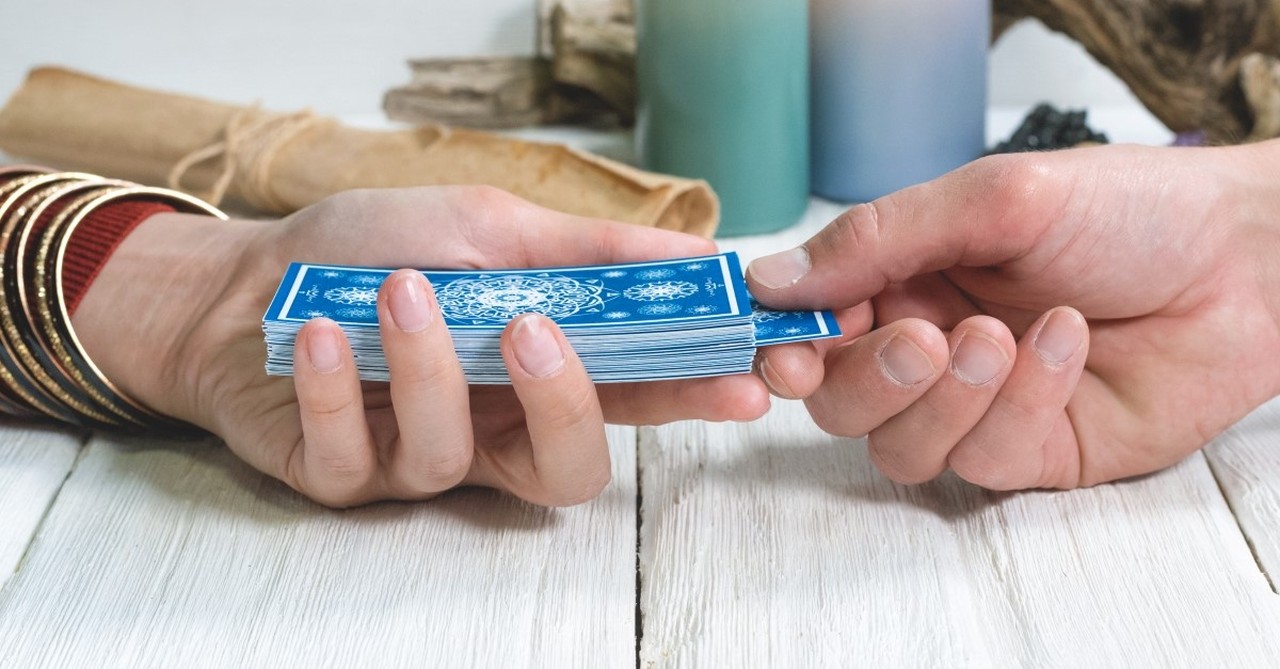
When Did People Start Using Tarot Cards for Magic?
SLIDE 2 OF 10
While de Gébelin claimed the tarot could be used for magic, he did not detail how to do it. A century later, Eliphas Levi took that step. He wrote various works on ceremonial magic, which featured tarot cards in the ceremonies. Like most ceremonial magicians, his magic system synthesized many images and rituals from different places, including the Kabbalah and theories about “astral light.” From Levi onward, tarot became a key part of Western ceremonial magic.
While tarot cards became more associated with divination after the eighteenth century, the cards’ appearance kept evolving. The Tarot of A.E. Waite and P. Colman Smith, edited by Johanne Fiebig, details how the most famous tarot design came from A.E. Waite’s commissioning illustrator Pamela Colman Smith. Waite met Smith because they both belonged to the Hermetic Order of the Golden Dawn, a prominent secret society whose members also included famous writers like W.B. Yeats (who may have given Waite feedback on what symbols to include in the cards) and future famous occultists like Aleister Crowley.
Smith’s artwork appeared on a deck published by the Rider Company in 1909. While tarot cards are not copyrighted and alternate designs abound, most people associate the cards with her designs. Scholars often called it the Rider-Waite deck, but newer scholarship often calls it the Waite-Smith deck to emphasize that Smith created the artwork.
Photo Credit:©GettyImages/HappyNati
Why Do People Use Tarot Cards?
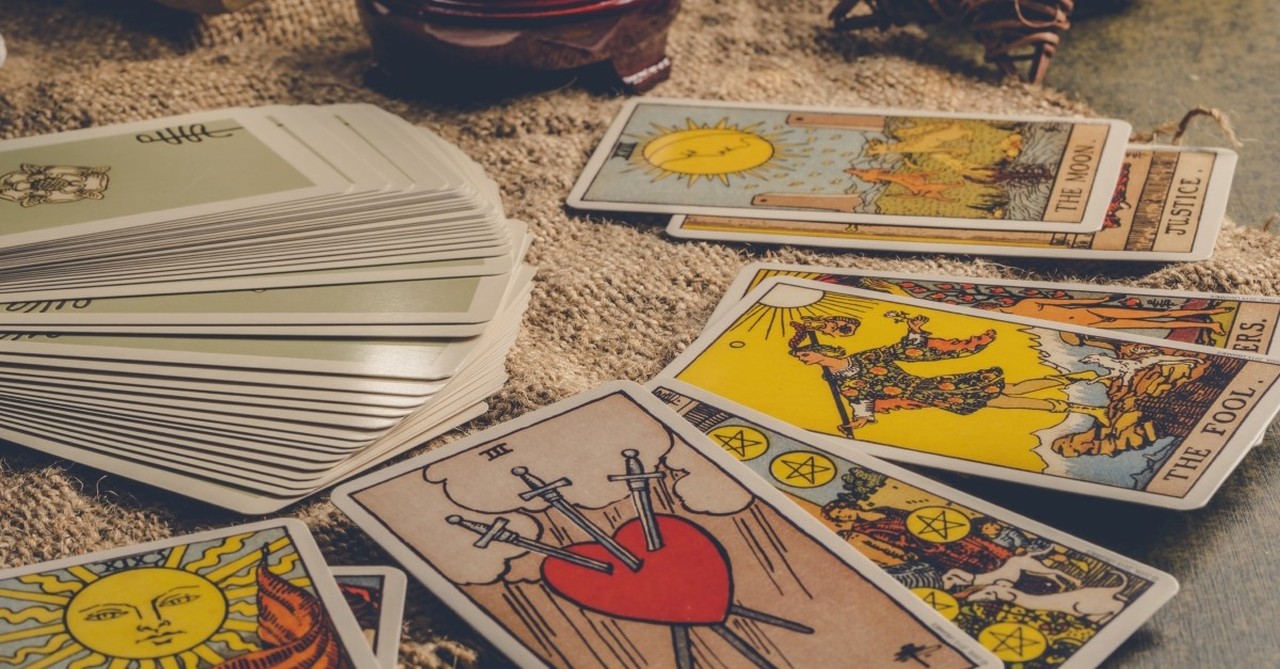
Why Do People Use Tarot Cards?
SLIDE 3 OF 10
Since tarot cards have been around for centuries, people have used them for various reasons. Almost all of the uses involve the idea that the cards’ images are allegorical, pictures helping people think about abstract concepts. Generally speaking, there are four basic uses.
First, tarot cards can be just another deck for playing card games. This is especially true in Italy and other central European countries where the cards were developed. An interesting pop culture example appears in William Lindsay Gresham’s novel Nightmare Alley, where carnival workers play poker with tarot cards because they can’t find a regular deck.
Second, tarot cards are often used for fortune-telling. One person (either claiming inner psychic powers or drawing on spiritual forces to guide them) will draw the cards for a recipient. The reader will then interpret the cards to determine what is happening in the recipient’s life or what will happen. When the reader claims to be drawing on spirit aid, this practice is known as divination.
Third, tarot cards may be used for self-realization. In this case, users are not trying to tell the future at all: they see the cards’ figures (the Lovers, the Pilgrim, etc.) as archetypal images that symbolize roles we all play at some point in our lives. They use the card patterns to create a visual narrative of where their lives have gone and where they want to go. Jen Cownie and Fiona Lensvelt promote this practice in their book Wild Card: Let the Tarot Tell Your Story.
Finally, some people use tarot cards to complement Christian spiritual practices. This may include using tarot cards in spiritual exercises like prayer or aiding a mystical experience with God. Users frequently describe the cards as helping them focus their imagination and reflect on a spiritual idea. Brittany Muller promotes this practice in her book The Contemplative Tarot: A Christian Guide to the Cards.
We assume people using tarot cards to play regular car games is not an occult activity. But do we need to be concerned there is something dark in the other uses?
Let’s consider this, starting with the obvious question.
Photo Credit:©GettyImages/banusevim
Should Christians Use Tarot Cards for Fortune-Telling?
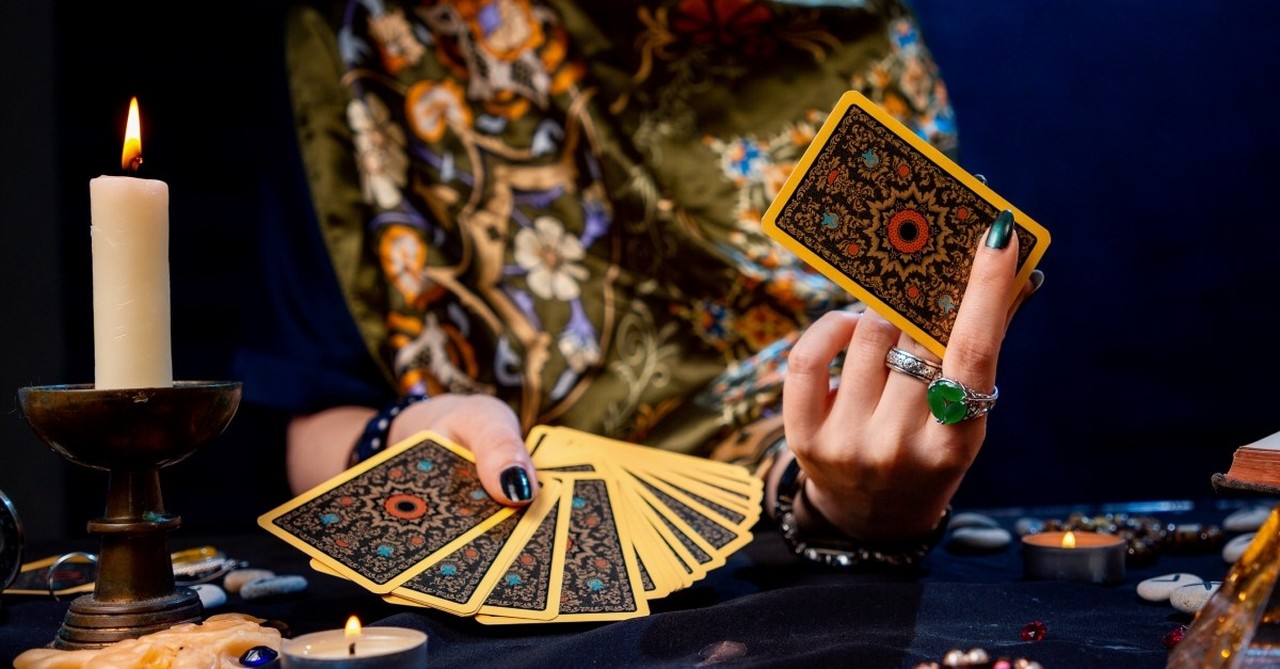
Should Christians Use Tarot Cards for Fortune-Telling?
SLIDE 4 OF 10
As Christopher J.H. Wright explains in his book Here Are Your Gods, the Bible discusses the foolishness of worshipping manufactured idols or natural creation but warns about something else. The Bible warns about demons that pose as gods. Hence, Paul tells believers in 1 Corinthians 10:20 to avoid taking part in pagan ceremonies because “the sacrifices of pagans are offered to demons, not God.”
The warning applies not only to worshipping a manufactured idol in a pagan temple but also to other activities where people invite interactions with spirits. For example, Deuteronomy 18:10-11 warns against taking part in divination—activities where people invoke spirits for advice on the future.
So, using tarot cards to ask spirits about the future is clearly out. Whatever names the tarot card reader uses for the spiritual guides, there is always the possibility the spirits are demons posing as something more benign.
Some may wonder whether the cards have something dark within them. If so, what would that mean for using tarot cards for innocent purposes?
Photo Credit:©GettyImages/Ildar Abulkhanov
Do Tarot Cards Have Demonic Power?
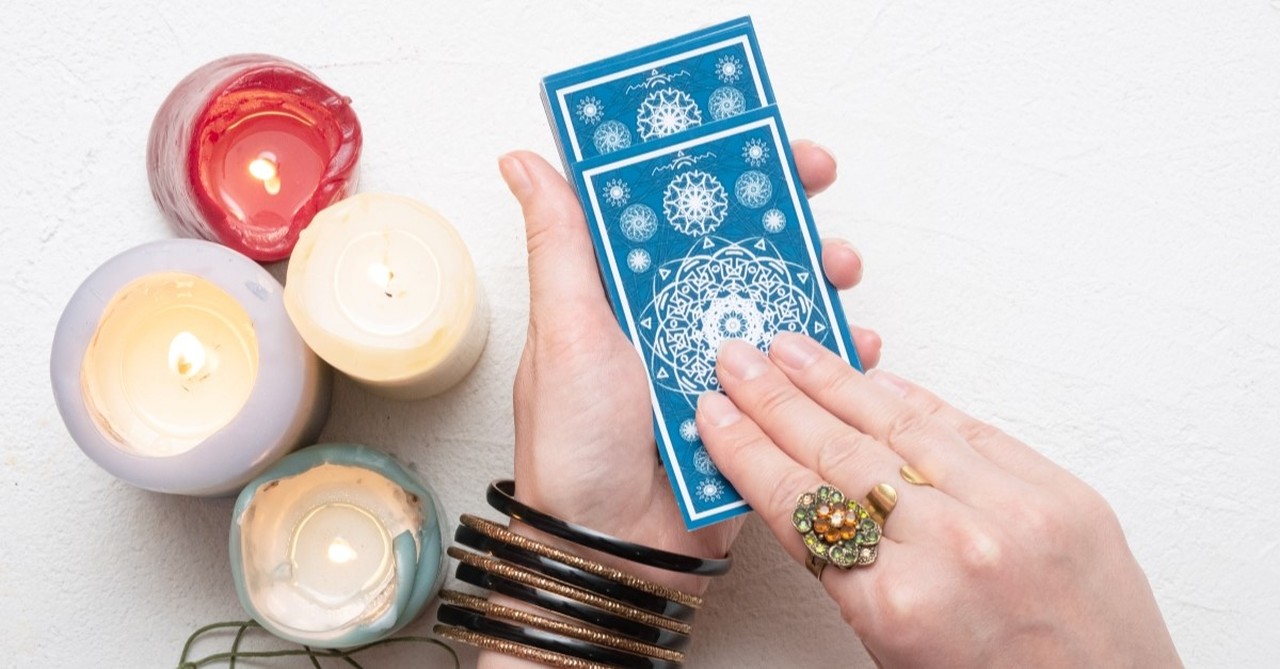
Do Tarot Cards Have Demonic Power?
SLIDE 5 OF 10
The literal answer to this question is No. Christian theology is clear that physical objects in themselves don’t contain power. The Bible speaks many times about the foolishness of treating matter. For example, Isaiah 44 pokes fun at people who take a block of wood, use part of it for fire to cook their meal, and then use the rest to build an idol to worship. So, the fact that someone has made a tarot deck may make the cards distasteful if we dislike their association, but it doesn’t inherently give the cards evil powers.
However, it’s worth noting that many occultists who manufactured tarot cards (such as Yeats and Crowley) believed that every tarot card reading invokes spiritual beings or elemental forces that the cards represent.
Since Christian theology warns that demons exist and pretend to be spiritual beings, that raises a hard question: could the cards have evil spirits connected to them? Were spirits invoked when the cards were made or when anyone performs a reading? Some Christians in spiritual warfare argue this means, at minimum, Christians should pray over the cards to remove anything demonic from them.
So, we should be cautious but not afraid that tarot cards have evil power and avoid using them for divination. But is there another kind of fortune-telling that doesn’t involve invoking spirits?
Photo Credit:©GettyImages/HappyNati
Can Christians Use Tarot Cards to Look Inside Themselves?

Can Christians Use Tarot Cards to Look Inside Themselves?
SLIDE 6 OF 10
Some may argue that this leaves room for tarot card readers who claim to tap into inner spiritual energy—not reaching out to spirits, but reaching inside.
This brings us back to the earlier point about occultists seeing every reading as an invocation: invoking means to call spirits into you; evoke means to call spirits out of you. Depending on the tarot card user, some may argue they are evoking, which implies they are not seeking demon aid but looking inside to find the truth.
The problem with this argument is twofold.
First, we have to return to the point that demons are liars. As John 8:44 puts it so well, Satan is the father of lies. Therefore, demons may pose as benign spirits or gods from various religions (Paul’s warning in 1 Corinthians), but they are not limited to those lies. Demons could pretend to be spiritual forces coming from inside us.
Second, drawing on inner spiritual guidance or energy assumes we have inner spiritual energy or guides that provide all the answers. Christianity maintains that we have inner yearnings for God (Ecclesiastes 3:11), but that does not mean we have the perfect spiritual information inside us. We have the opposite: sin has broken our natures, meaning our inner selves are skewed: we carry temptations and have limited access to God compared to what Adam and Eve once had. As Christians, we don’t search for truth and find it was inside us all along. We reach out to God and find that our inner yearning for God is a hint of goodness mixed with our sinful desires. Our good yearnings are only a fraction of the story God invites us into, the story we embark on when we accept Christ as our savior and are born again.
Photo Credit:©GettyImages/NiseriN
Can Christians Use Tarot Cards for Spiritual Exercises?
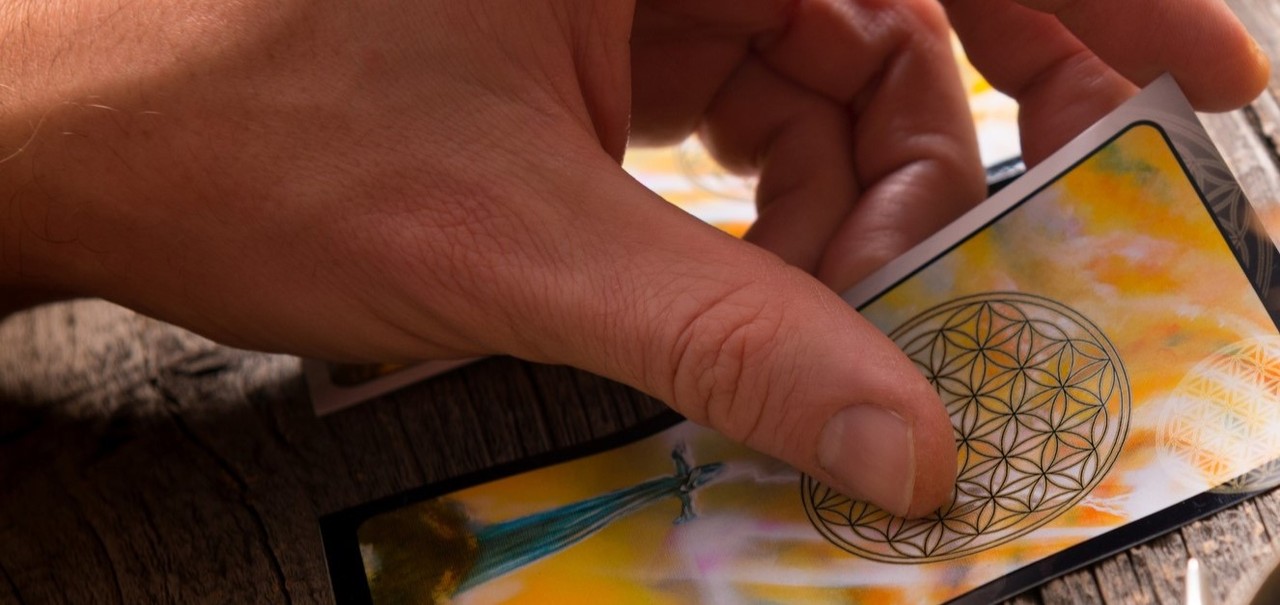
Can Christians Use Tarot Cards for Spiritual Exercises?
SLIDE 7 OF 10
Having established that it’s wrong for Christians to use tarot cards for fortune-telling, that still leaves the question of whether Christians can use the cards to complement their spiritual activities.
This question takes us back to Waite commissioning Smith to illustrate a tarot deck. Waite would have seen the tarot as a tool for exercises helping him connect with God: he was a practicing Roman Catholic who discouraged people from black magic. In his view, the cards were symbols of hidden spiritual truths that Christians could use. However, Waite was also involved in many secret societies, often combining Judeo-Christian imagery with pagan imagery and odd ideas. His ideas about the spiritual world were perhaps not as consistently Christian as he believed.
First, we must ask what the point of adding tarot cards to our spiritual exercises is. Christianity has a series of activities the Bible commands that help us spiritually grow (praying, reading Scripture, fasting, worship, fellowship with other believers, communion). Richard Foster explains in his classic work Celebration of Discipline that these activities are not regulations but healthy habits that increase God’s grace in our lives.
Admittedly, Foster does not cover every spiritual exercise Christians have used throughout history. However, exploring Christian history shows that the exercises that have survived (such as lectio divina, a Scripture meditation technique) are variations on the biblical spiritual disciplines.
So, the problem becomes that tarot cards do not fit within the classic Christian spiritual disciplines or the most useful variations on those disciplines. It does not add anything that older, more reputable spiritual exercises without the troublesome history can’t give us.
There is also a strong Christian tradition exploring the idea that general revelation means Christians can affirm what is true in other religions or beliefs. Augustine wrote in his Confessions that Christians are free to “plunder the Egyptians” for ideas that fit the gospel. Francis Schaeffer wrote various works about how if all truth is God’s truth, Christians can enjoy and learn from cultural items not made by Christians.
In his novel The Greater Trumps, C.S. Lewis’s friend Charles Williams uses fantasy to explore that idea. The story follows people having chaotic spiritual experiences when the original tarot card deck ends up in their neighborhood. The Christian characters, Sybil and Nancy, restore order by unlocking the spiritual forces that the cards symbolize. What has dubious spiritual credentials becomes a pathway to truth because all truth is God’s truth.
Williams’ example is fictional, but raises a good point we should consider: can Christians use tarot cards for benign purposes?
Photo Credit:©GettyImages/humonia
Can Christians Use Tarot Cards for Storytelling and Therapy?
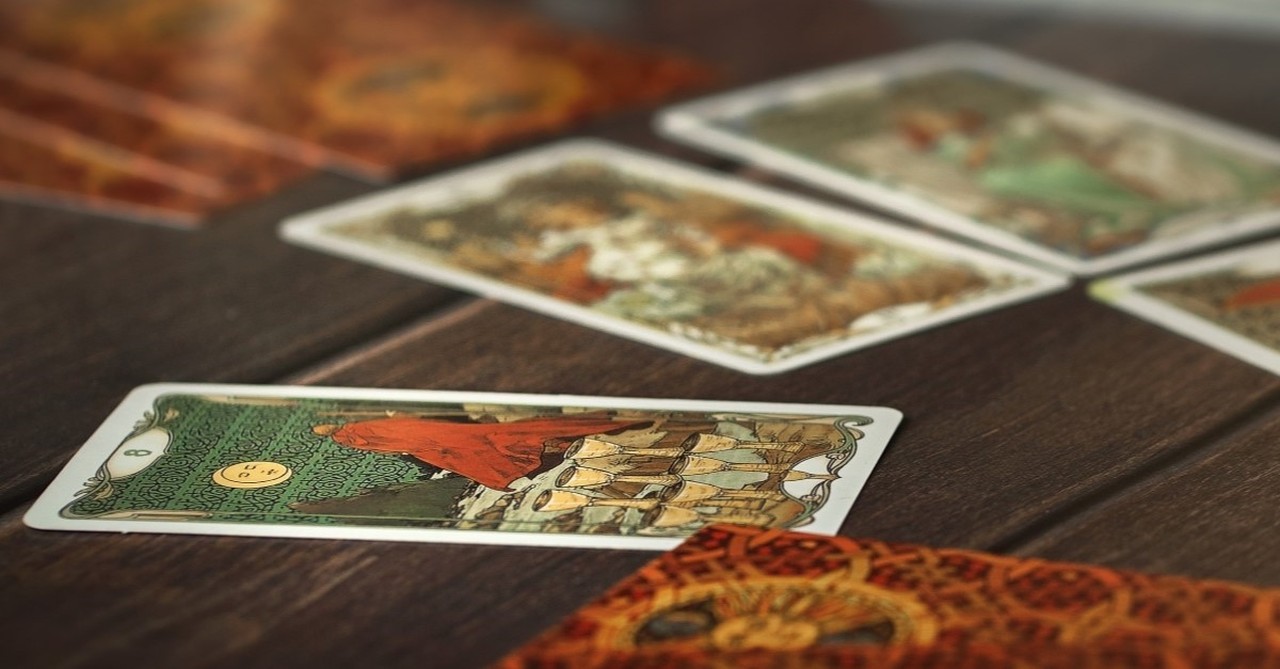
Can Christians Use Tarot Cards for Storytelling and Therapy?
SLIDE 8 OF 10
Lastly, and maybe hardest to understand, is whether Christians can use tarot cards for self-realization. After all, Paul tells spiritually mature Christians in Romans 14 not to fret over buying and eating food previously offered to idols because grace has redeemed them.
So, suppose committed Christians are careful to avoid divination and make a point to exorcise anything dark from tarot cards before handling them. What’s wrong with using them for self-realization exercises?
Some practical issues must be considered. First, in the same 1 Corinthians passage, Paul advises Christians not to behave in ways that will harm immature believers. So, even if we have checked tarot cards to remove anything spiritually dark from them and know we are only using them for storytelling, we would need to avoid using them around other Christians we don’t know very well.
Second, how would we use tarot cards without running into past problems? How do we ensure we view tarot cards correctly and have completely exorcized any sinful notions that the cards help us see the future? How would we use tarot cards to think about our lives and explore ideas, yet make sure we are guarding ourselves against anything demonic pretending to be a spiritual guide?
These practical obstacles all make it best to avoid tarot cards.
Fortunately, there are other options that Christians can explore for this need.
Photo Credit:©GettyImages/Oksana Zueva
What Attracts People to Using Tarot Cards?
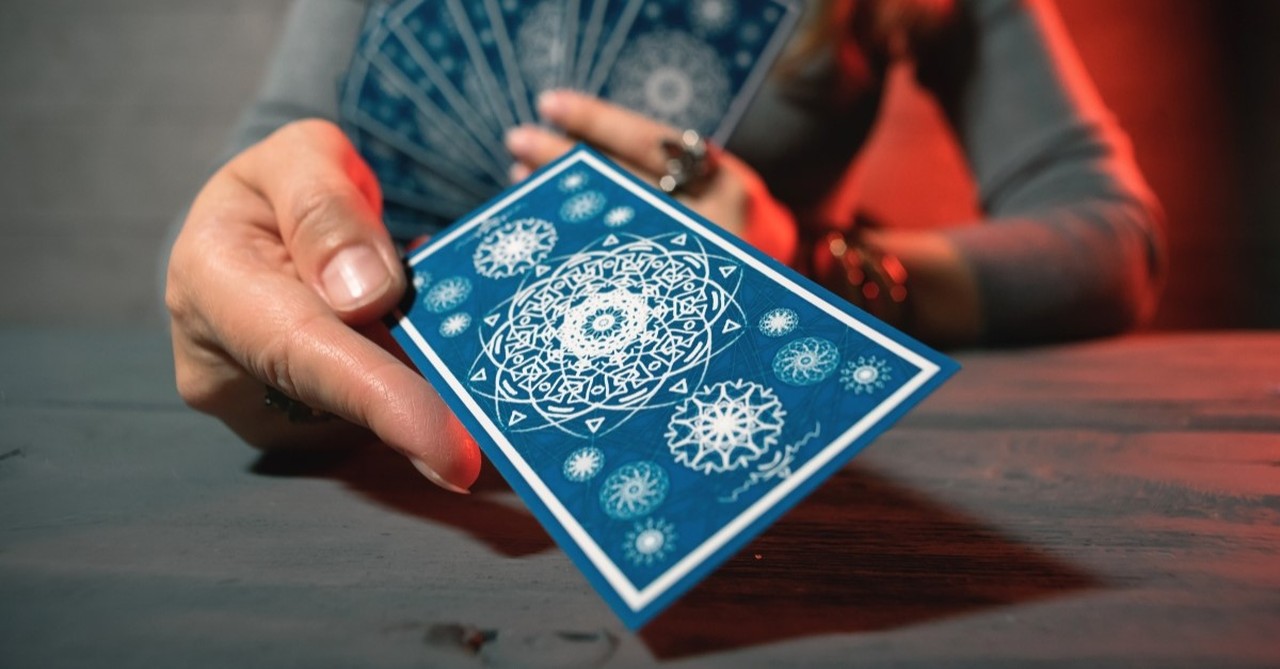
What Attracts People to Using Tarot Cards?
SLIDE 9 OF 10
Concerns about tarot cards are often well-placed, but it is worth mentioning that using storytelling and images to consider your life is not anti-Christian.
This is important to remember because sometimes, particularly in American evangelical churches, it’s not always easy to tell if people think tarot cards are evil because of their association with divination or because they use images.
While American evangelicalism tends to avoid using many images (icons or elaborate church decorations, stained glass), every church uses some images (a cross, a Christmas play) to communicate ideas.
There is also a strong Christian tradition affirming that it’s okay to believe there are archetypal images or ideas that run throughout different cultures and point us to eternal truths. For example, Lewis and J.R.R. Tolkien wrote about the idea that every mythology has some recurring stories (like a god who must die and rise again), which may hint at something we all yearn: for a savior.
Many writers, such as mythologist Martin Shaw, have followed in their footsteps to explore what archetypal images or story tropes might speak to us and help us understand ourselves better. Sometimes, these explorations also connect with the works of psychiatrist Carl Jung, who believed that images in our dreams show yearnings that we need to understand to heal. For example, John Eldredge’s famous Christian book Wild At Heart references Inklings-style ideas about storytelling but also draws on Jungian ideas that Robert Bly explored in his book Iron John (that all men carry the image of being a warrior).
So, as Christians, we have the freedom to use storytelling and images to explain or contemplate our beliefs. However, there are wise and unwise ways of going about it. Tarot cards’ dubious history with divination makes it a poor choice to use for therapy, storytelling, or self-realization. However, more holistic options are available.
RELATED: Hear from a former tarot card user who found Jesus:
Photo Credit:©GettyImages/HappyNati
What Can Christians Use Instead of Tarot Cards?

What Can Christians Use Instead of Tarot Cards?
SLIDE 10 OF 10
Reading mythopoeic works (fantasy works by writers like Tolkien or George MacDonald whose books explore wholesome spiritual ideas) can be useful for learning stories with archetypal images that provide spiritual truths.
If we want something more interactive than reading or writing that allows us to think about our lives in various ways, many therapy techniques use storytelling. These can include narrative or drama therapy, designed to be safe spaces where people rethink their lives and consider new perspectives.
Of course, creative activities like painting or dancing allow us to visualize spiritual ideas in new ways.
In the end, we can understand why people get fascinated with tarot cards as a creative medium. Their designs speak to our yearning for symbolism and imagery to explore our spiritual beliefs. The question is how we find healthier, wiser ways to direct that yearning.
Photo Credit:©Getty Images/gorodenkoff
Click to read Are Tarot Cards Evil? What Should Christians Know?

Christianity.com's editorial staff is a team of writers with a background in the Christian faith and writing experience. We work to create relevant, inspiring content for our audience and update timely articles as necessary.
Originally published March 07, 2024.







